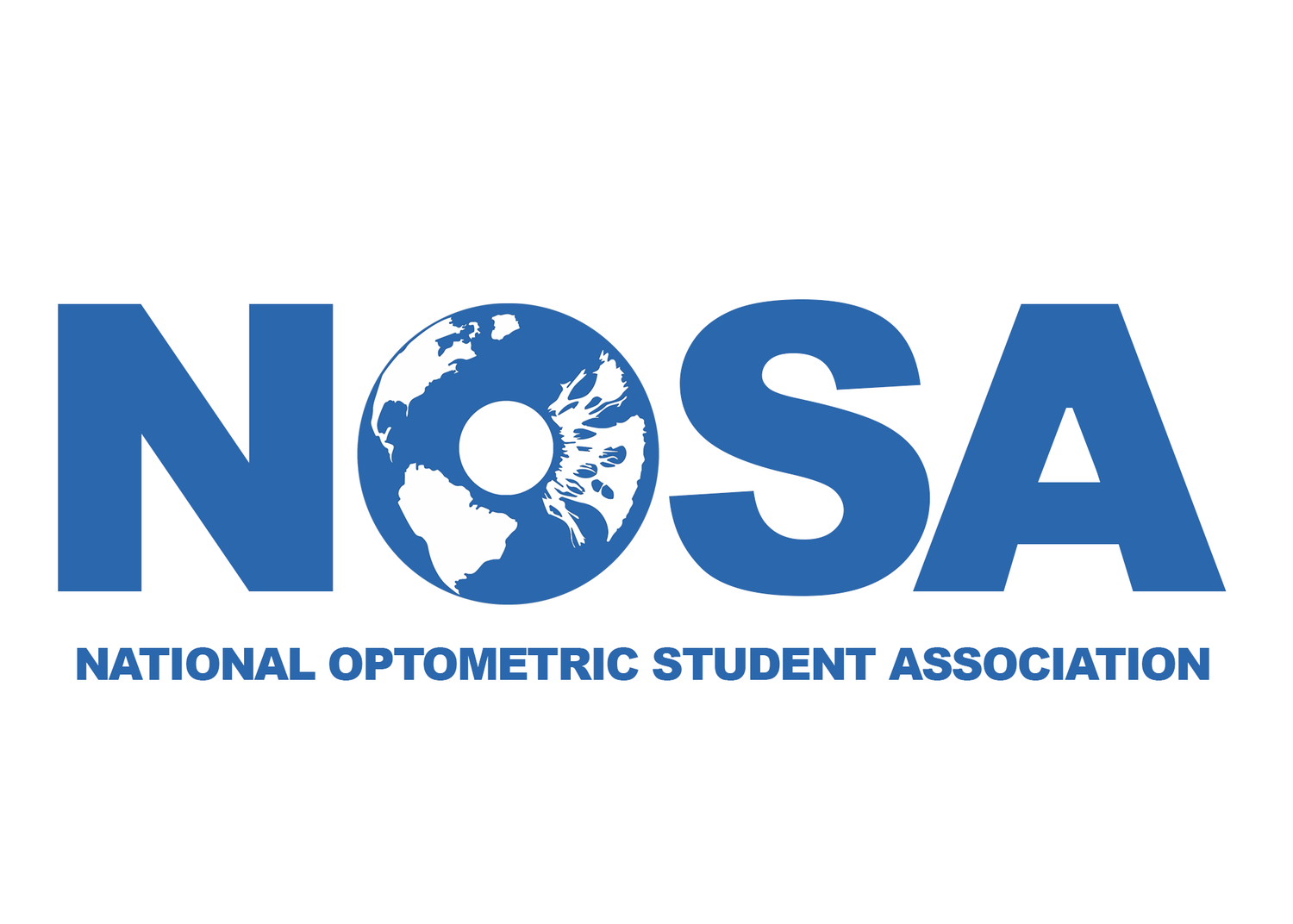Women’s History Spotlight
What made you choose optometry?
While working at Ball State University, I started taking science courses, thinking I would return to the classroom as a science teacher. One of my mentors encouraged me to consider health care. I volunteered for an optometrist and here I am!
What made you decide to become a Fellow of the American Academy of Optometry?
I have a BS and MA in education. Education is my background, and I enjoy the academic side of optometry. Having a residency helped a lot. I earned 20 points toward my fellowship upon completion. One poster and two case reports provided the remaining points. If anyone is thinking of doing a residency: DO IT!!!!
As a fourth year optometry student, about 2 weeks ago, most if not all optometry externs were pulled from their clinical rotations. In response to the lack of clinical encounters the American Academy Optometry initiated a clinical case presentation series with Fellows of the Academy to supplement the time loss in physical encounters. I have personally attended the sessions and saw that you will be doing your own presentation Wednesday April 1st. What will your topic entail?
I don’t want to give too much away! The case report will start with a Hollenhorst Plaque case and go from there.
The American Academy of Optometry has collaborated with Association of Schools and Colleges of Optometry (ASCO), and the National Optometric Association (NOA) to promote diversity, improve healthcare of minority groups, and encourage underrepresented populations to join the professions. To that same vein, ultimately become a fellow in the Academy. Why do you believe that there is a low number of minorities within the American Academy of Optometry?
The low minority representation is two-fold. First, minorities are underrepresented in optometry schools. Recruitment must be increased. Secondly, minorities in academia are minimal. Since the Academy is the academic arm of optometry, low minority representation continues on to the Academy. A partnership among schools and organizations to increase minority enrollment will be beneficial to all.
You have held several leadership positions within the National Optometric Association, why have you maintained your membership?
When I went to Indiana University, I was the only African American Student in a class of 80 students. Another minority in the class before me and I decided to reactivate the NOSA chapter at our school. NOA provided NOSA students with mentorship, leadership opportunities, scholarships and opportunities to learn and grow with other minority students. Upon graduating, I wanted to give back to the organization that supported me and continue to fellowship with other minority doctors.
March is Women’s History Month, how are you able to balance being a woman, African American, optometrist, wife, and mother of two active children?
I grew up in Gary, Indiana, where I was taught to be proud of my African American history and was nurtured by people of diverse backgrounds. I was raised by a strong mother who set a good example for me. I keep my family as my priority and I allot some time to encourage students because I appreciate the help I received as a student. Optometry is a great profession! There is always an opportunity to learn, grow, and volunteer. The key is balance.


